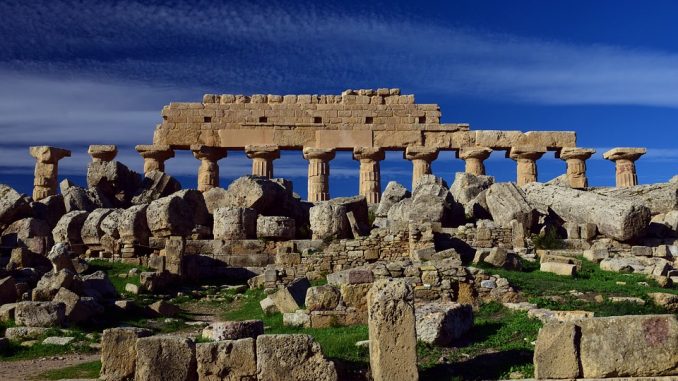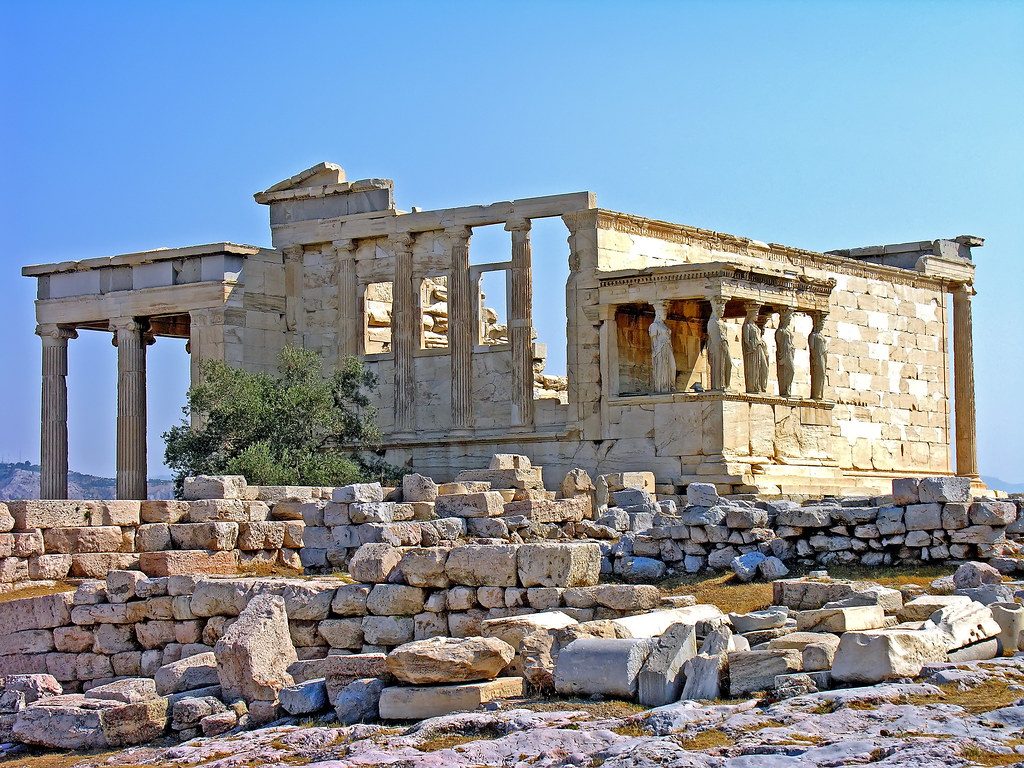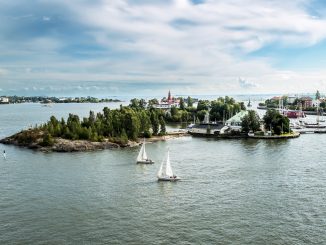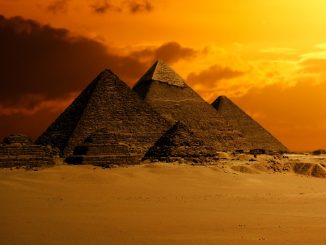
Turkey is not a country that most people think of when they hear of Roman and Greek ruins, but it should be. Actually, Turkey hosts more ancient ruins than Greece or Italy! In fact, the ancient Greeks and Romans had capitals in Turkey, this country also hosting some of the most significant archaeological monuments in the world.
Those familiar with the geography of the Bible will know Ephesus and Sardis. Found in Turkey. In addition, the Church of St. John, the Tomb of Virgin Mary and many other Christian sites can be found in Turkey, making this Muslim country one of the most important places to visit for those interested in religious tourism.
Homer, the famous author of the Odyssey, did not live in Greece, but in Izmir , Turkey. In fact, many of the ancient Greek legends and stories have their roots in the places and geography of Turkey.
There was a period when the Romanians also considered the territory of Turkey as their home. Constantinople, now called Istanbul , was built by the Roman Emperor Constantine. It was the capital of the Roman Empire and the Eastern Roman Empire. The Romans built magnificent cities and left countless ruins of enormous historical importance in today’s Turkey.
Turkey is home to countless historical sites and remains of countless historical value. However, being extremely large, it is difficult to visit them all in one trip. Here are, from our point of view, the most important ones:
Ephesus. Ephesus was the Roman capital of Asia Minor and one of the most populated cities of the Old Age, hosting between the 1st and 2nd centuries AD over a quarter of a million people – from slave traders to saints. 150 years of archaeological excavations carried out here have revealed the most complex ancient Greek-Roman city on Earth. Thus, it’s no wonder it was added to the UNESCO World Heritage list. Some of the most important discoveries here were the Temple of Artemis, one of the seven wonders of the ancient world and the Library of Celsus.
The magnificent ruins of Miletus, Priene and Didima. The three ancient sites, Milet, Priene and Didima, are often included in travel brochures as a one-day trip, being extremely close to each other. Priene is a Greek fortress built on a mountainous terrace and former port, in which you will be able to visit an amazing amphitheater, the temple of Athens and Agora. Moving forward, in Miletus, the famous city where the great Greek philosopher Thales lived, you will find the ruins of the amphitheater and the thermal baths of Faustina. The third ancient city, Didima, is worth a visit in order to check out the temple of the God of the Sun, Apollo, a grand edifice that has never been completed.

Myra. According to the Greek geographer Strabo, in the 1st and 2nd centuries BC, Myra was one of the most important cities of the Lycia. Today, in Myra a collection of still remains, mostly Roman, including the acropolis, an amphitheater and a few Roman baths. Among the most remarkable structures here are two tombs that have been carved directly in the rock (the most famous being the Lion’s Tomb). At the same time, in Myra you can visit the Church of St. Nicholas, who was considered the bishop of the city in the fourth century AD.
Side. Side is an ancient port city, located on the Mediterranean coast, in southern Turkey. It is now a very popular resort thanks to its long beaches and ancient ruins. The main historical attractions include the Duden Waterfall, the Pamukkale thermal baths, the Aspendos Roman ruins and the Temple of Apollo. In Side, tourists also have the opportunity to practice scuba diving, parasailing, rafting and jeep safari. It is definitely a destination worth visiting if you are looking for an adventure, besides historical sightseeing, art and architecture!
Aphrodisias. In the Hellenistic and Roman times, the small town of Aphrodisias in southwestern Turkey, named after the goddess Aphrodite, was a major source of marble. The stone was extracted from the nearby hills and shipped throughout the ancient world for use in sculptures and facades of buildings. As a result, several master sculptors made their homes in this small town and much of their work was unearthed and then exhibited in the museum here.
Blue Mosque. Named, in the Turkish language, Sultanahmet Camii, the Blue Mosque was the ambitious creation of Sultan Ahmed I, created when he was only 19 years old. The construction of the mosque began in 1609, and today it is considered one of the most iconic sites in Istanbul. Ahmed wanted to build a mosque to rival Hagia Sophia. When the Blue Mosque was completed in 1616, with its gigantic domes, imposing minarets and blue tiles adorning the walls, it became indeed more impressive than Hagia Sophia, and today remains an equally amazing construction. Unfortunately, Ahmed I died just a year after the grand mosque opened.

Turkey is an impressive country, and these are just a few of the many historical places you can visit in this land. It is definitely worth a visit, especially as holiday offers in Turkey are more easily accessible than ever.



Be the first to comment